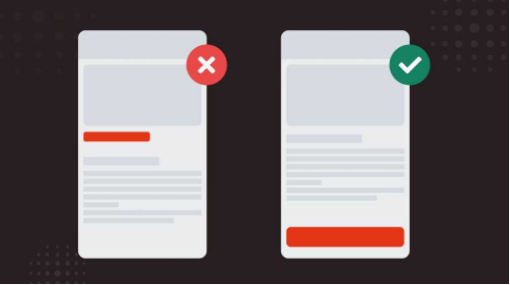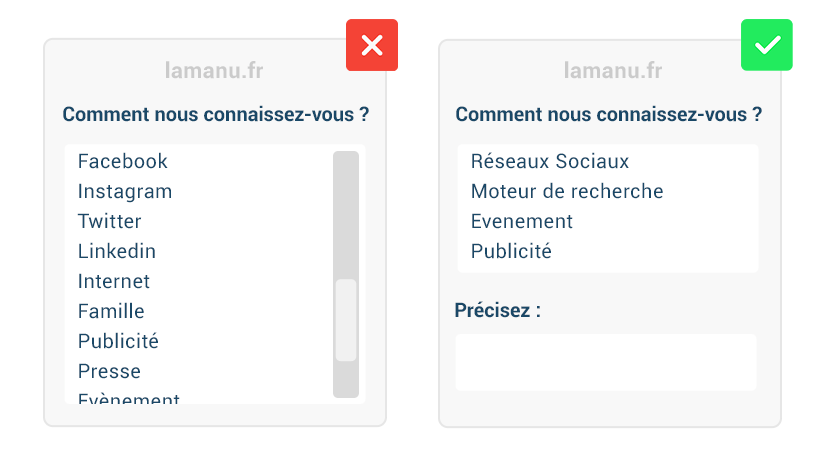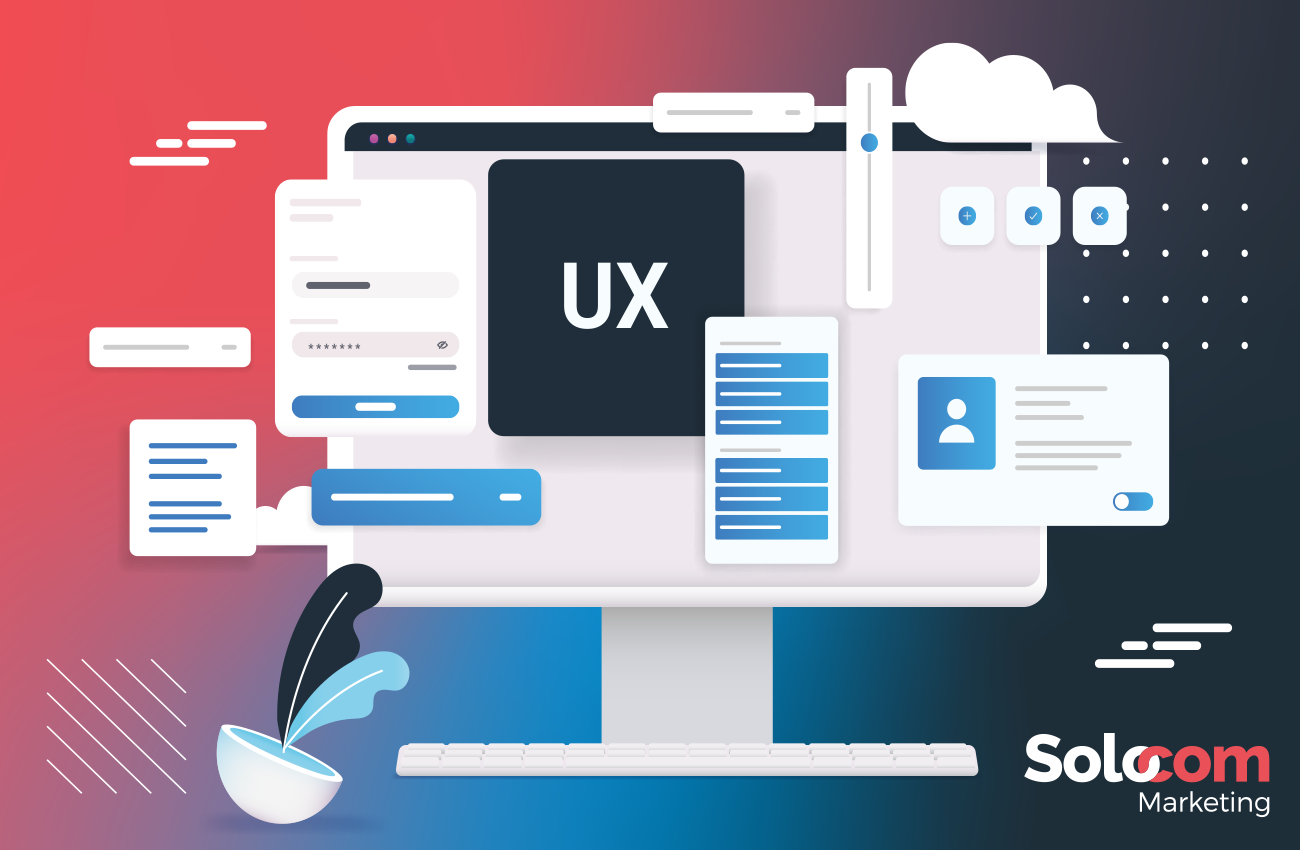Have you ever wondered why users on your website aren’t clicking on your contact link? Why did they fill their cart but never finalized their purchase? The problem is most likely your website itself and the experience you offer (or don’t offer) users.
This is where UX design comes in.
This article explains what UX design is, why it matters, and what rules you should follow to create an ergonomic, and engaging website that fosters conversions.
What is UX design?
User experience (UX) design refers to the techniques and measures that are implemented to build an interface that delivers the best possible experience for users. This interface could be a website, an application, a platform, or even a piece of software.
What’s so important about UX design?
UX design is the key to making your website user-friendly and effective. In other words, turning your website into a tool that will help you reach your business objectives.
An improved user experience means your users will stay on your website for longer and will want to come back. The right user experience will help you convert users more easily. Moreover, a website with a carefully optimized UX design will rank higher on Google, resulting in a huge boost in your organic traffic.
What are the key rules in UX design?
To provide an ideal user experience, a UX designer needs to understand the behaviour of the user. It might surprise you to learn that there is a psychological aspect to UX design since many of its key principles are based on established cognitive and psychological biases. Here are 5 laws that influence UX design!
1. Jakob’s Law: keep it simple
Jakob’s Law is one of the most important principles of UX design. It’s also the most difficult to stick to. Jakob Neilson, for whom the law is named, states that the interface must remain simple for the user.
Some designers might want to create a one-of-a-kind website that stands out. But internet users tend to prefer what is familiar to them. Put simply, they don’t want to spend time learning how to navigate a website that is “unique”.
The bottom line is that being original can hinder your user experience. Keep this in mind and stick to what already works!
Example: a website’s navigation menu is generally located in the header. The user instinctively knows where to find it. That’s why you shouldn’t place it in the middle of the page.
2. Fitts’ Law: be visible
Psychologist Paul Fitts stated that “the amount of time required for a person to move a pointer (e.g., mouse cursor) to a target area is a function of the distance to the target divided by the size of the target. Thus, the longer the distance and the smaller the target’s size, the longer it takes.” A statement that perfectly applies to website design.
To sum up the law, the smaller visual elements on your interface will require greater accuracy. Visual elements that are farther from the landing zone will also require more research time. That means the user needs to spend more time and effort looking for what they want to accomplish.
A simple solution to make your calls to action, forms, and links more accessible is to make them more visible. How? Display them in a different colour and make sure they are located within easy reach.
Example: Want a user to click on the “Get a Quote” link in the middle of the page? Replace it with a large, colourful button at the bottom of your page!

Image : arpit-batri
3. Miller’s Law: structure information
According to George Miller, the human brain can only hold about 7 (+-2) chunks of data at once (between 5 and 9). A solution to overcome this problem is to divide the information into several segments.
This makes the information more accessible and easier to understand. By structuring your design and content with this rule in mind, you’ll be able to effectively convey your message.
Example: If your website’s home page displays a lot of content in front of a single-colour background, you should structure the information by alternating background colours.

Image : Two hours of sleep
4. Parkinson’s Law: set a time limit
This law can apply to many real-life situations because it deals with time management. Historian Cyril Northcote Parkinson stated that “work expands so as to fill the time available for its completion.”
What does this mean in terms of UX? A website is more likely to convert a user if it introduces a notion of urgency. Put differently, a user is more likely to take action if you set a time limit.
This law is the very basis for promotional offers that expire. The goal is to motivate the consumer to purchase the good or service before time is up.
Example: If you have an e-commerce website, you can notify the user of how long they can keep items in their cart to maximize conversions.
5. Hick’s Law: limit the number of choices available
Psychologist William Edmund Hick observed that the “time it takes for a person to make a decision increases as the amount of possible choices increases.”
This means that the more options are available, the more time a user will take to make a decision.
This obviously affects e-commerce sites, but it also has an impact on destination pages and contact forms. Limit the number of choices available to users to reduce the amount of time they need – and decrease the risk they will quit halfway through the process!
Example: The contact form on your landing page asks your user to select one of 20 options from the “How did you find out about us” dropdown list. You should cut the number of options down and list a few general categories instead.

Image : La Manu (French)
A marketing agency specialized in UX design
As you are now aware, a UX Designer needs to understand the mental processes involved in decision-making and priority management to develop a web design and functions that are adapted to the user. They also need to know how to leverage data analytics and personas to create a truly personalized experience, all while remaining true to the website’s objectives.
It can be difficult to design an ergonomic website that fosters conversions. That’s why you should call upon an agency that specializes in UX design. At Solocom, we have the experience and expertise required to turn your website into a powerful conversion tool.
Thinking of building or redesigning your website? Get in touch with us!


